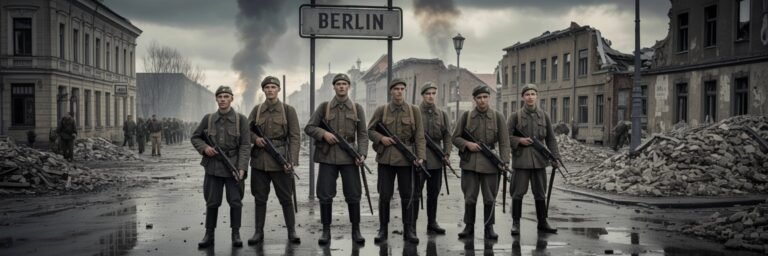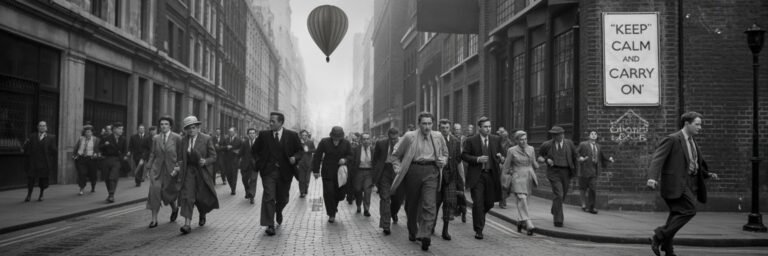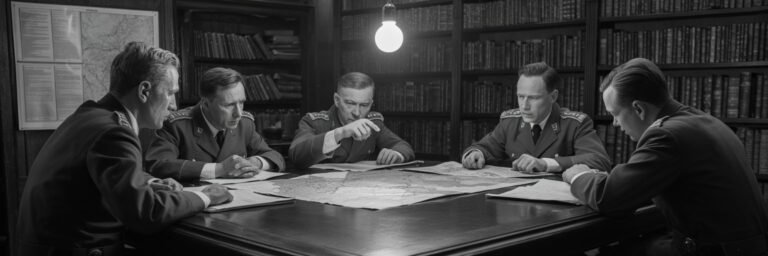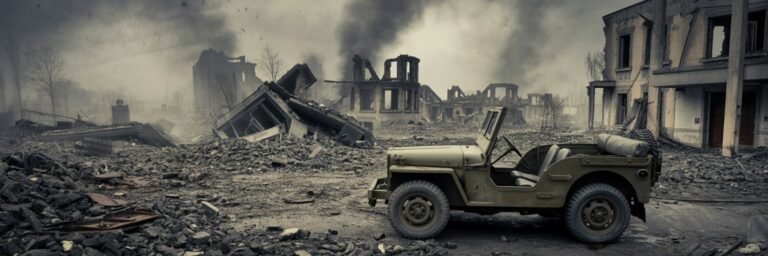INTRODUCTION
Bristling with historical contour, the major bouts of World War II trace defining lines across mid-20th-century geopolitics. The conflicts, bloody and violent as they were, dramatically altered the course of humanity, shaping the world as we know it. This is an effort to dig deeper into the historical conceptions and interpretations surrounding these monumental conflicts, exploring the mysteries, controversies, symbolism, and cultural significance that are woven into the fabric of these events.
HISTORICAL BACKGROUND
Twenty years after the end of the first global conflict, the world was plunged again into a war of unparalleled violence and scale. World War II was the outcome of a series of political, social, and economic disturbances in Europe and Asia. Buoyed by ideologies such as Fascism, Nazism, and Militarism, nations undertook unprecedented military campaigns that culminated in a global carnage lasting from 1939 till 1945. The cataclysmic engagements that marked this period were battles fought in all conceivable terrains – land, sea, and air. Each of these confrontations earned a place in the annals of history due to their unique circumstances, impact, and the long-lasting reverberations they created.
THEORIES AND INTERPRETATIONS
Different scholars and military analysts have offered varied interpretations of the strategic importance and execution of these battles. Prominent among the battles was the Battle of Stalingrad, which fittingly reflects the adage – ‘Attack is the best form of defense’. This battle proved that attritional warfare could potentially change the tide of the impending doom. The painstakingly fought battle saw the Soviets draining the resources of the mighty Wehrmacht, throwing the Axis progression off track.
There were also pitched battles like Midway, critically termed as ‘the turning point of the Pacific.’ Naval historians explain that this battle demonstrated the supremacy of carriers over battleships, challenging traditional naval warfare tactics. A blend of intelligence, naval strategy, and fate, Midway shifted the power equation in the Pacific Theater.
Spanning the political, military, and historical perspective, the scale and strategies of these battles fuel debates even today. Theories range from sheer militaristic dominance to strategic brilliance and the role of cryptanalysis and intelligence.
MYSTERIES AND CONTROVERSIES
Battles fought during World War II were often riddled with mysteries and controversies. The clandestine maneuvers and covert operations created a veil of uncertainty and offered a fertile ground for various conspiracy theories. For instance, the Allied invasion of Normandy, the circumstances leading to it, the deceptive Operation Bodyguard, and the enigma of the Mulberry Harbors continue to interest historians and scholars.
The role of ULTRA intelligence and interception of Enigma Codes remains intriguing, with critics questioning its scale of impact on the Allied victories. The controversy related to the Dieppe Raid and its alleged intent to appease Soviet demands for a second front only adds more depth to these historical intricacies.
SYMBOLISM AND CULTURAL SIGNIFICANCE
World War II battles are not just military engagements; they hold profound symbolism and cultural significance. The Siege of Leningrad signifies the spirit of human resilience in the face of appalling conditions. The Battle of Britain serves as a potent symbol of national defiance and resilience. Pearl Harbor has come to symbolize the inevitable dawn of America as a superpower.
In popular culture, they are represented in diverse forms, offering glimpses of heroism, survival, and the grim realities of war. Museums, films, books, video games, and memorials built in the honor of those who fought and fell are examples of this cultural expression.
MODERN INVESTIGATIONS
Modern studies offer fresh perspectives on these engagements. Technological advancements aid in reevaluating battlefield strategies, uncovering secrets, and revising casualty figures. Excavations and meta-analytical research on historic writings further enhance our understanding. Technology like LIDAR (Light Detection and Ranging) aids to map the terrain of battles like Bulge and Iwo Jima, providing a comprehensive spatial understanding and aiding in tactical military historical research.
Furthermore, digital historiography and the application of data science in historiographical studies allow scholars to scrutinize sources and documents, stretching the peripheries of conventional historical narratives.
LEGACY AND CONCLUSION
The echoes of these monumental battles are poignant reminders of our tumultuous past. They ingrained the necessity of international cooperation, indirectly leading to the formation of institutions like the United Nations. They elucidated the horrors of war, prompting us to strive for peace and brotherhood.
In the grand theater of the World War II, each battle left a legacy beyond the set military objectives. Battles like Stalingrad demoralized the seemingly invincible Axis wave, Midway redefined naval warfare, and Normandy gave a fatal blow to the Nazi stranglehold over Europe.
Thus, the events during these battles, shrouded in facts, theories, interpretations, mysteries, controversies, and symbols, keep invoking fascination among historians, scholars, and enthusiasts. Each narrative feeds our curiosity, and each detail imprints a reminder of the price humanity paid during those cataclysmic years. And as we plow deeper into these incidents, we learn not just about our past, but about the profound resilience, brilliance, and tenacity that define us as a species.






